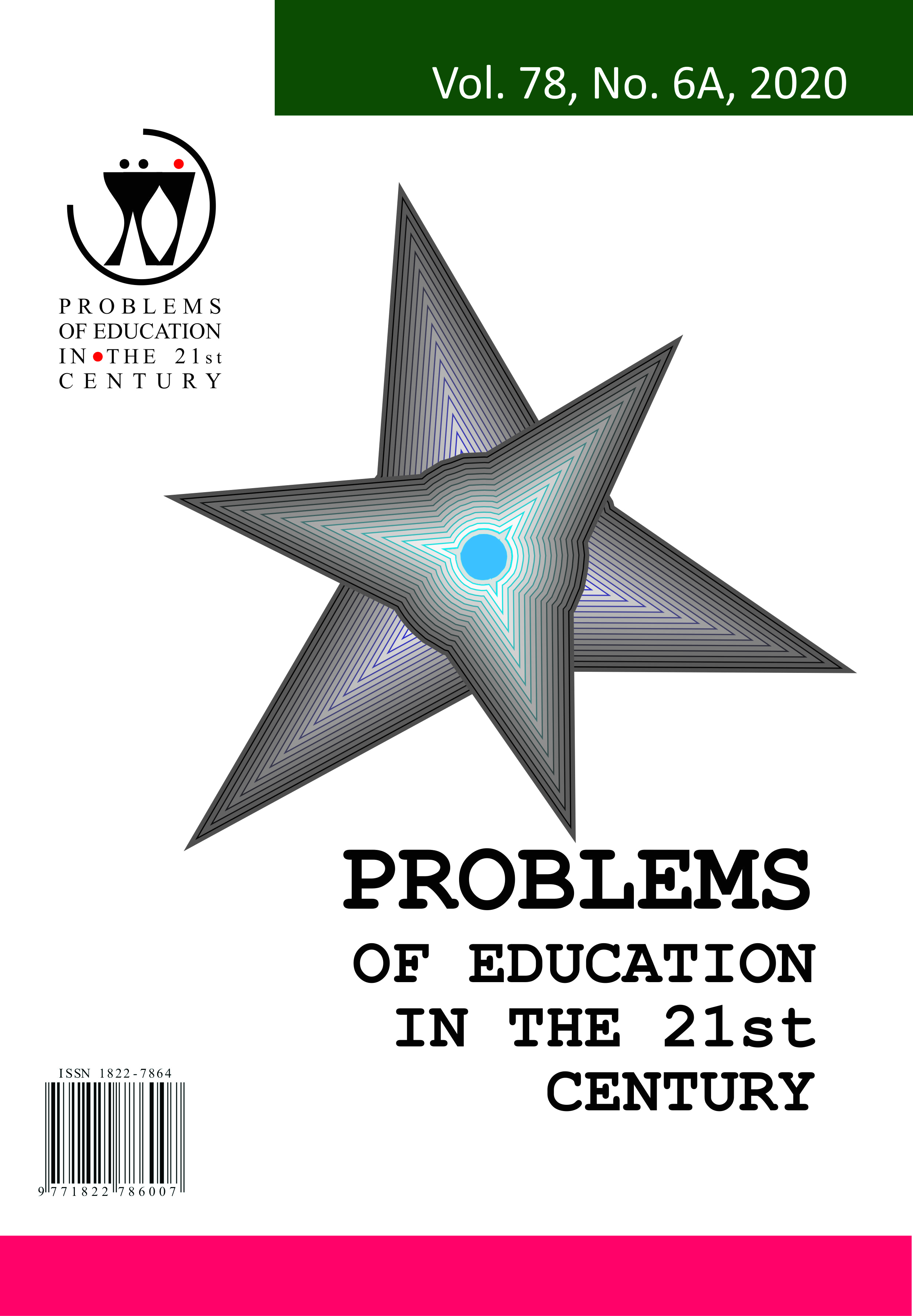TEACHING PRACTICES: INTEGRATING POSITIVE THINKING IN PICTURE BOOK CREATION FOR ECONOMICALLY DISADVANTAGED CHILDREN
TEACHING PRACTICES: INTEGRATING POSITIVE THINKING IN PICTURE BOOK CREATION FOR ECONOMICALLY DISADVANTAGED CHILDREN
Author(s): Chiu-Hua Huang, Fin-Land Cheng, Ching-Yueh TengSubject(s): Preschool education, School education
Published by: Scientia Socialis, UAB
Keywords: case study; economically disadvantaged children; hope theory; picture books; preschool children;
Summary/Abstract: The present study created picture books featuring elements of hope theory and conducted a practical teaching program to explore the application of hopeful thinking picture books for economically disadvantaged children, specifically, to understand the teachers’ teaching practices of picture book creation. On the basis of hope theory, the current study employed economic disadvantage as the creative background for designing picture books that incorporate elements of hopeful thinking and developed a teaching plan based on the picture books. The results indicated that the picture books had a solid theoretical foundation of hope, and were relevant to preschool children’s real experiences and development. Through teachers’ storytelling and discussion of the story content, children could express ideas based on their own experiences, set specific goals, and devised feasible methods for handling adversity to achieve goals. Therefore, the picture books were considered suitable for classroom teaching. In addition, expert teachers serving as coaches conducted classroom observations and teaching evaluations to explore how effectively positive thinking was integrated into the picture books and teaching activities, and to assess the guidance of children in using positive thinking strategies during story discussion. Through professional assessment, feedback, and teacher self-reflection, hope theory can be effectively applied for picture book creation. The picture book The Piggy’s Home created in this study can help teachers guide economically disadvantaged children in thinking positively, and teachers can refine the guidance process.
Journal: Problems of Education in the 21st Century
- Issue Year: 78/2020
- Issue No: 6A
- Page Range: 1081-1095
- Page Count: 15
- Language: English

